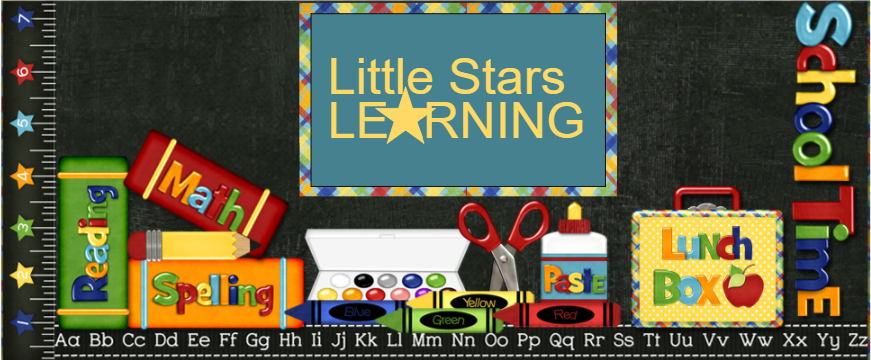I love this art project! I think it came out really fantastic.
I let the children pick out which color of glue they wanted to use and put a few squirts of the color of choice into a 1/2 full glue bottle. I let the children shake the bottles until their arms and/or attention span gave out. I like the idea of older children using the glue for more detailed drawings, or tracing a pre-drawn picture or coloring page. These children aren't to that stage, though, so I left it as a free expression activity.
The 3 1/2 year old had no problem with the glue activity with minimal verbal instructions.
Since this was a new activity, I found several issues with the toddlers, though:
- When we glue, I always tell them to keep the tip on the paper to not create globs of glue, so they had issues with holding the glue up above the paper.
- They were fascinated by the glue coming out, and just wanted to watch it do so, rather than moving it around to create something. Once they started moving it around, the tip automatically went onto the paper to "draw."
- They had no trouble squeezing the bottle, but it took some effort to get their hands in the correct position and they had to use two hands.
 |
| Final version for G, 22months |
I realized that this is a 3-instruction task and that the toddlers are still at a 1-2 instruction level. The need to hold the glue up, squeeze and move, all at the same time, was confusing for them and required some assistance/instruction on my part. They eventually got it, but I had to help hold it up and squeeze while telling them to move it around for a few seconds before letting them go to it.
It was high humidity here so the glue remained tacky for more than a day. I could have used the blow drier or oven on low to help them along, but we weren't in any hurry so I just let them air dry on the counter. Unfortunately, I did get a lid on my son's and smudged his some. I'm sure I'll hear about that for a few years.
 |
| Final version for B, 3 1/2 |
B had no trouble with the concept of using different colors, washing her brush between colors, and staying in the lines as much as possible. She was very diligent and did a great job, as I expected at 3 1/2.
H at 2 1/2, though, I was not expecting to be as diligent. I was pleasantly surprised however. She worked really hard at staying in the lines and making different areas different colors. She did do more mixing of colors than B.
 |
| Final version for H, 2 1/2 |
I just let the toddlers have at it with watercolors, but was surprised that they were actually fairly meticulous with their brushing as well. It always helps to have the older ones go first for demonstration.
 |
| Final version for J, 11 |
We all really liked this craft and will add it to the repertoire. I need to get more glue bottles, but we will keep a rainbow of glue colors available for art from now on.
The Pinterest pin for this idea, geared towards older preschoolers to school age is from Pink and Green Momma, and the original is credited to this post from That Artist Woman, geared towards school-age children.
SKILLS:
- Fine motor
- Gross motor
- Art creative expression, mixed media
- Following directions
Tags: art, craft, preschool, daycare, childcare, pre-k, prek, glue, water color, resist, stained glass, toddler























































